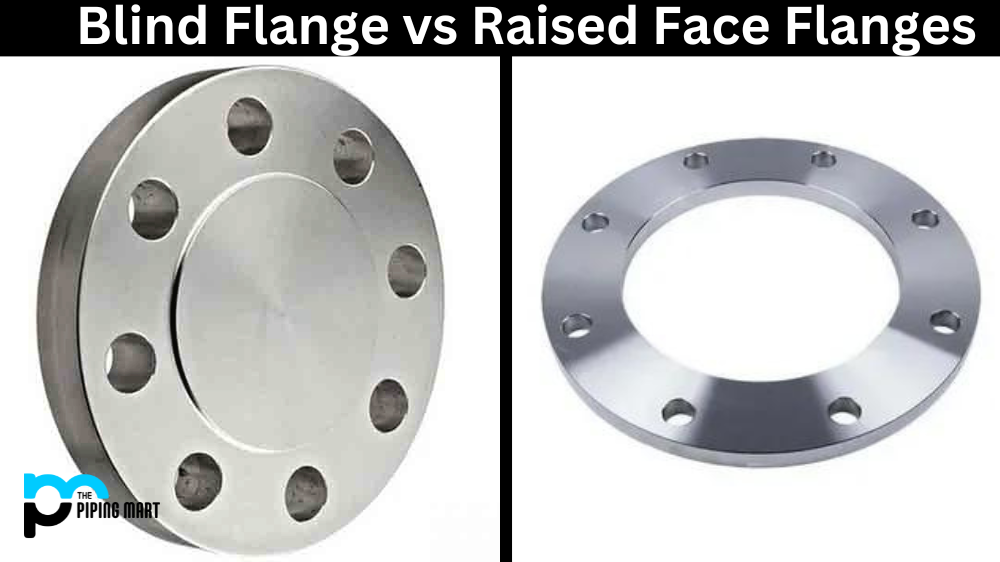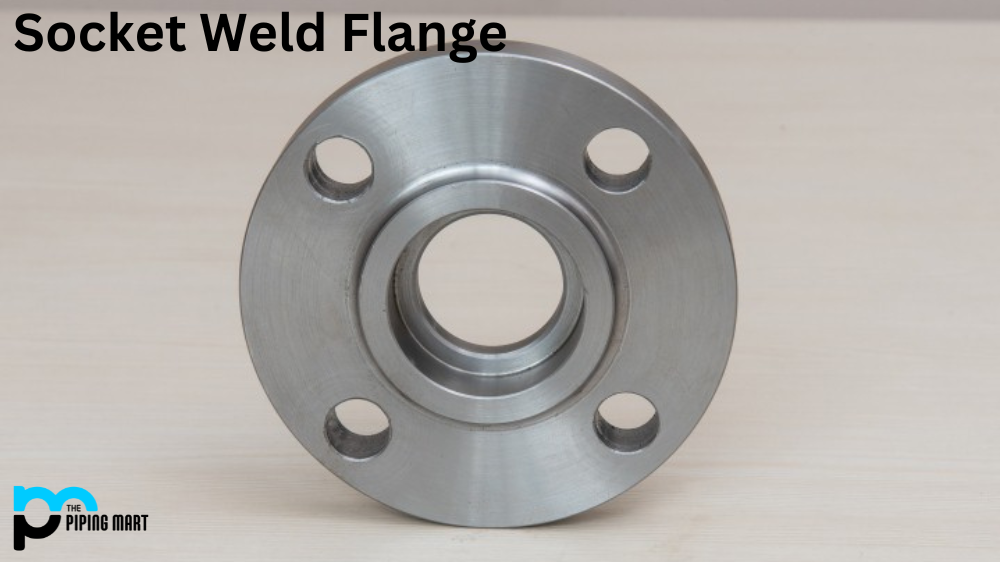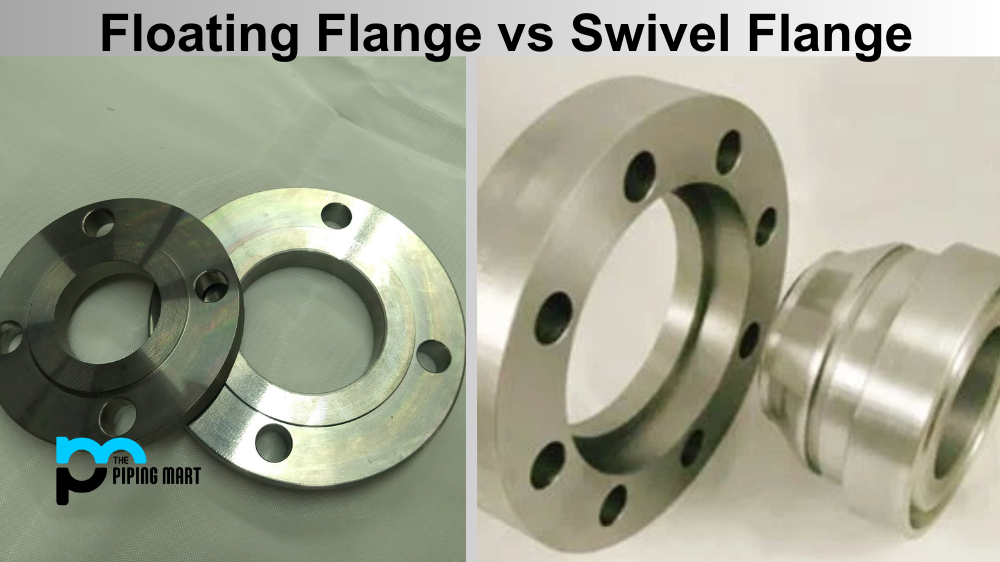When it comes to flanges, there are various types and designs available in the market. Two of the most commonly used flanges are the blind flange and the raised face flange. While both share a similar purpose: connecting pipes and fittings, they differ in design, function, and application. Choosing the correct flange for your piping system is essential to ensure optimal performance, safety, and durability. In this article, we will provide you with an overview of blind flanges and raised face flanges and discuss their differences and benefits.
What is Blind Flanges?
A blind or blank flange is a flat plate designed to cover the end of a pipe or fitting. Blind flanges are commonly used in piping systems where one end of the pipeline is open and needs to be closed off. They serve as a blockage or protective cover for the end of a pipe to prevent debris, dirt, or foreign particles from entering the system.
Blind flanges are usually bolted to the open end of the pipeline with screws and nuts or welded permanently. They do not have any inner bore or opening, making them ideal for applications where flow control is unnecessary. Blind flanges come in various materials, including carbon steel, stainless steel, and alloy steel, depending on their operating conditions and corrosion resistance requirements.
What is Raised Face Flange?
A raised face flange, on the other hand, is a flange that has a small raised ring or edge around the borehole surface. The raised face provides a compression seal against the gasket, making it ideal for high-pressure applications. Raised face flanges are commonly used in piping systems that require accurate alignment, consistent sealing, and easy accessibility for maintenance.
The raised face provides a broader sealing surface for the gasket, reducing the risk of leakage and improving the integrity of the joint. Raised face flanges are available in various materials, ranging from carbon steel to exotic alloys, to suit the system’s operating conditions and corrosion resistance requirements.
Difference Between Blind Flange and Raised Face Flange
Blind and raised face flanges differ in several ways, including their design, function, and application.
Design
Blind flanges are flat, while raised face flanges have a small raised ring or edge around the borehole.
Function
Blind flanges serve as a protective cover to close off the open end of the pipeline, while raised face flanges provide a compression seal for the gasket and improve joint integrity.
Application
Blind flanges are ideal for applications where flow control is not necessary. In contrast, raised face flanges are suitable for high-pressure applications that require accurate alignment, consistent sealing, and easy accessibility for maintenance.
Benefits of Blind Flange and Raised Face Flange
Both blind flanges and raised face flanges offer several benefits for piping systems, including:
Blind Flange
- Protects the end of the pipeline from debris, dirt, or foreign particles.
- Available in various materials and sizes to suit different operating conditions.
- Easy to install and remove.
Other Differences
- It provides a compression seal for the gasket, reducing the risk of leakage.
- Suitable for high-pressure applications that require accurate alignment and consistent sealing.
- Easy to access for maintenance and inspection.
- A blind flange is a type of pipe flange used to seal off the end of a piping system.
- A raised face flange is a pipe flange with a raised face that provides greater surface area for welding.
- Blind flanges are typically used in applications where welding is not required, such as in low-pressure systems.
- Raised face flanges, such as high-pressure systems, are typically used in welding applications.
- Blind flanges are less expensive than raised face flanges.
- Raised face flanges provide greater strength and durability than blind flanges.
- Blind flanges are easier to install than raised face flanges.
- Raised face flanges provide a better seal than blind flanges.
Conclusion
Choosing the correct flange for your piping system can be daunting, especially with many available options. Blind flanges and raised face flanges are joints in piping systems. While they differ in design and function, both offer several benefits that can improve the system’s integrity, reliability, and performance. Choosing the right flange depends on your application requirements, including operating conditions, pressure ratings, and corrosion resistance.

Abhishek is a seasoned blogger and industry expert, sharing his insights and knowledge on various topics. With his research, Abhishek offers valuable insights and tips for professionals and enthusiasts. Follow him for expert advice on the latest trends and developments in the metal industry.




